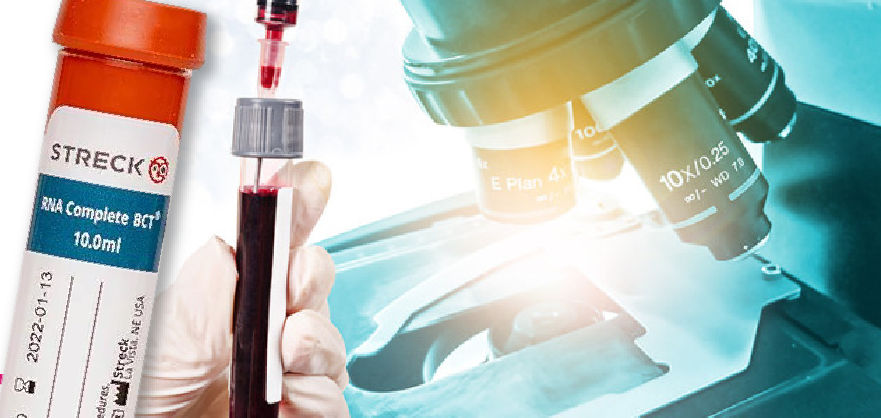12;21 – TEL(ETV6)-AML1(RUNX1)
TEL/ETV6-AML1/RUNX1 fusion gene, t(12;21) t(12;21)(p13;q22) reciprocal translocation is the most frequent chromosomal rearrangement in childhood B-ALL with an incidence of 25% in children (only 3% occurs in adults). The expression of the resulting fusion gene TEL-AML1 or ETV6-RUNX1, leads to expansion of the precursors of B cells giving them a great capacity for self-renewal and differentiation to mature […]
12;21 – TEL(ETV6)-AML1(RUNX1) Read More »


